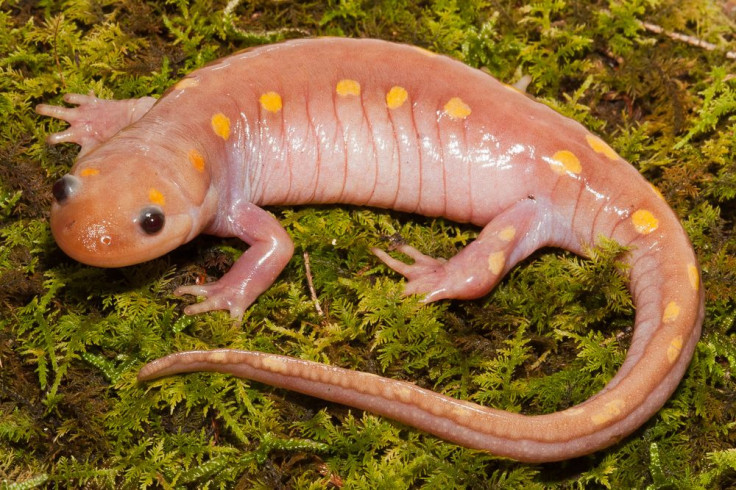Salamanders' Ability To Regenerate Limbs Offers New Routes For Human Wound Therapy

The idea of regenerating body parts is not new to the human imagination. The Greek hero Prometheus could regenerate his liver, and a more recent example would be Curt Connors, also known as the supervillain the Lizard, from The Amazing Spiderman — he was able to regenerate his arm. Imagining regeneration may have been inspired by some of Earth's more humble life forms, like salamanders, starfish, and lizards, which have the extraordinary ability to reproduce lost body parts — but of course, without them turning into the monstrosity that Connors eventually becomes.
But you haven’t heard of any human generating a limb, have you? Unfortunately, that's because the cells at the surface of the wound form collagen and subsequently seal the wound, turning into scar tissue instead. In nature, salamanders are the actual masters of regeneration, as they can regrow entire limbs no matter how many times they've been cut off. When their legs are cut, the wound does not develop into scar tissue. Instead, cells from the outermost layer of the skin turn into a "wound epidermis," which triggers a set of chemical reactions that are conveyed to subsequent cells. This causes the nerves in the stump to grow again. Mature muscle and connective tissue cells form fibroblasts, which multiply to form a blastema. Blastemas are immature precursor cells capable of growing into organs and body parts. So, to aid with regeneration, the cells go back a few steps to take a giant leap forward.
But what exactly triggers the formation of the wound epidermis and its subsequent activity, especially with such accuracy for limb placement? One would rarely ever see a salamander with its ear sticking out of its arms, so the cells are obviously very efficient. A possible answer to this may lie in the way some immune system cells, called macrophages, work. Macrophages play an important role in wound healing by rushing to the site of injury and ingesting cellular debris and pathogens. They also help in muscle regeneration by releasing a substance that influences the proliferation, differentiation, growth, repair, and regeneration of muscle.
Now, a new study by Australian researchers has shown that macrophages also play an important role in regeneration of not just limbs but also sophisticated organs like spinal cords, brain tissue, and parts of the heart. The scientists found depleting macrophage levels resulted in the formation of scar tissue around the wound, instead of it regenerating. This led them to conclude that signals from macrophages push other cells to take on regenerating tasks.
The idea of humans regenerating amputated arms may still be a distant dream, but until then, studying these cells and pathways may be used in wound-healing therapies.



























